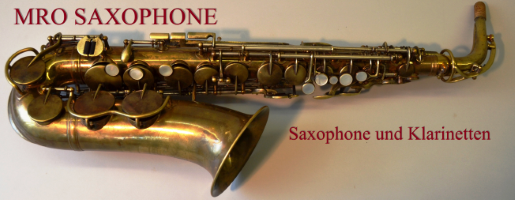Selmer serie 9 versus serie 9 star
Selmer Serie 9 versus Serie 9 * Klarinette:
Sowohl die Selmer Serie 9 als auch die Serie 9 * sind professionelle Klarinetten für den fortgeschrittenen Spieler. Sie sind nicht die gleichen, aber es gibt viele Verwirrung und falsche Informationen über diese Modelle. Hier sind einige interessante Geschichten über die Selmer-Reihe 9 und die 9er-Klarinette, die ich im Internet gefunden habe (auf English) :
1) The clarinet inherently has an aberrant scale and choices are made by manufacturers in how to deal with these idiosyncracies and preserve a good sound. Adam Pease brought up some very pertinent points about the tuning of his Selmer series 9 clarinet. The problems he expressed are exactly those that Selmer chose in the design of the Selmer 9. The Selmer philosophy up to that point was to use a large diameter tone hole with no undercutting. (And, I believe, an almost purely cylindrical bore). The 9* was a move toward reducing tone hole diameters in some areas and introducing undercutting. The Selmer series 10 was a radical move toward a polycylindrical design. The 10G was the result of work with Anthony Gigliotti and a move even closer to the Buffet design. (info by ClarK W Fobes, clarinet mouthpiece designer).
2) The Series 9 (no star) was/is a larger bore clarinet. The nominal bore diameter for the Series 9 is .584" (14.80 mm). The Series 9* is a smaller bore clarinet with a nominal bore diameter of .577" (14.65 mm). The Series 9* also had limited undercutting (fraising) in the throst tone area, whereas the Series 9 had no undercutting (fraising). Neither Series 9 instruments have cylindrical bores. Rather, they have what is know as reverse conical or reverse taper bores. The bore is larger at the top of a section and tapers to a smaller diameter. The 9* was Selmer's first serious attempt to compete with the R13 with a smaller bore instrument. It can be viewed as more an orchestral type instrument versus a big band instrument for the Series 9. The Series 9* plays with more resistance and supposedly has a darker sound - that of course is very subjective.
3) The Selmer Series 9 clarinets preceded the Selmer 9-Star, and the Series 9 (1960’s) clarinets replaced the “Centered Tone” model. Up through the Series 9, the Selmer philosophy was to use a large diameter tone hole with no undercutting (straight sided tone holes) and an almost purely cylindrical bore. The larger tone holes do produce a more robust tone, but the twelfths are “short” and tend to be very sharp in the fundamental when playing pianissimo. The Series 9 (no star) was recommended for Jazz, while the Series 9* was recommended for symphonic work. The 9* was Selmer’s move toward reducing tone hole diameters in some areas and introduced undercutting. Undercut tone holes, offer a more flexible tone (perhaps a bit more free blowing).
Hinweis: Die Angaben zur Bohrungsgröße sind überhaupt nicht zuverlässig !!!
Folgende Instrumente wurden durch MROsaxophonen an den Instrumenten in unserem Shop gemessen:
Serie 9 Sterne, Seriennummer T1561 (1963): Bohrung 15.10 - 14.30 mm
Serie 9 Sterne, Seriennummer B0173 (1980): Bohrung 15,10 - 14,50 mm
Serie 9 Sterne, Seriennummer Y4195 (1974): Bohrung 15,00 - 14,45 mm
Serie 9 Stern (Vollboehm), Seriennummer A0150 (1977): Bohrung 15,10 - 14,45 mm
Serie 9, Seriennummer T1060 (1963): Bohrung 15,10 - 14,75 mm
Serie 9, Seriennummer T5614 (1963): Bohrung 15,10 - 14,60 mm
